13 Essential Gardening Tools for Growing Vegetables and Fruits
Growing your vegetables and fruits is easier when you have the right tools. From planting seeds to harvesting fresh produce, the right equipment helps you save time and work more comfortably. Whether you are tending a backyard garden or a few raised beds, these tools can make a big difference in how smooth and enjoyable the process feels. They help with digging, watering, weeding, and everything in between. Choosing tools that match your garden’s needs can lead to healthier plants and better harvests. Even beginners will find that using the right gear makes the work more manageable. A few reliable tools can turn everyday tasks into something you look forward to.
This post may contain affiliate links, which helps keep this content free. Please read our disclosure for more info.
Hand Trowel
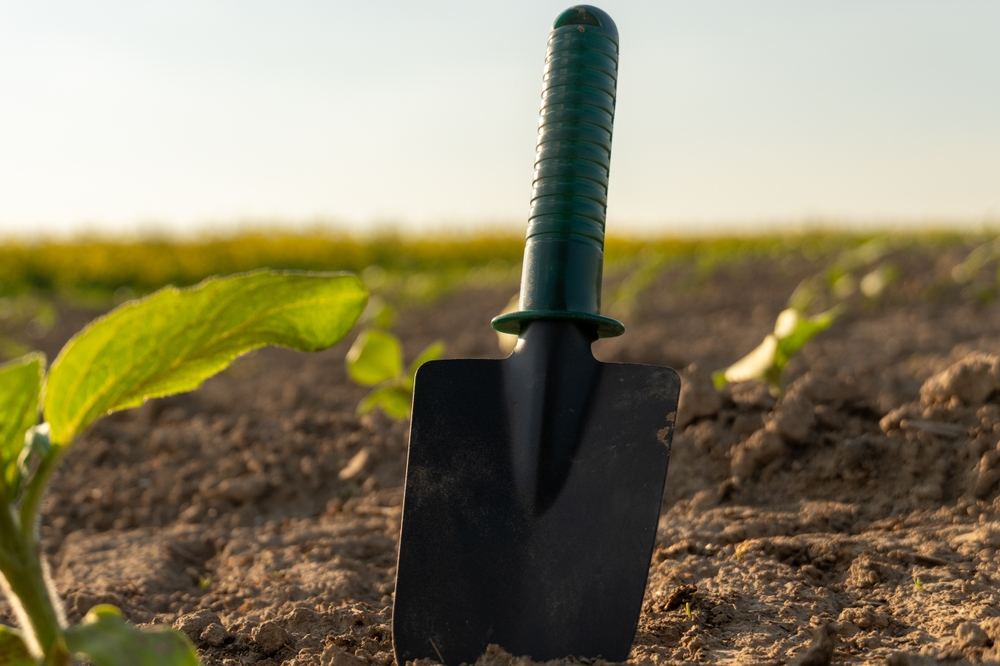
A hand trowel is one of the most important tools for vegetable and fruit gardening. It allows you to dig small holes, perfect for transplanting seedlings, planting bulbs, or adding fertilizer around the base of plants. Its narrow, scoop-shaped blade gives you control in tight spaces like raised beds or containers, which is ideal when spacing matters for things like lettuce or basil.
Beyond planting, it helps break up compacted soil and makes it easier to mix in compost or amendments. A trowel with a sturdy handle and a durable stainless steel blade will hold up well over time. For gardeners who spend a lot of time working at ground level, a comfortable grip makes a big difference, especially during long planting sessions.
Garden Fork
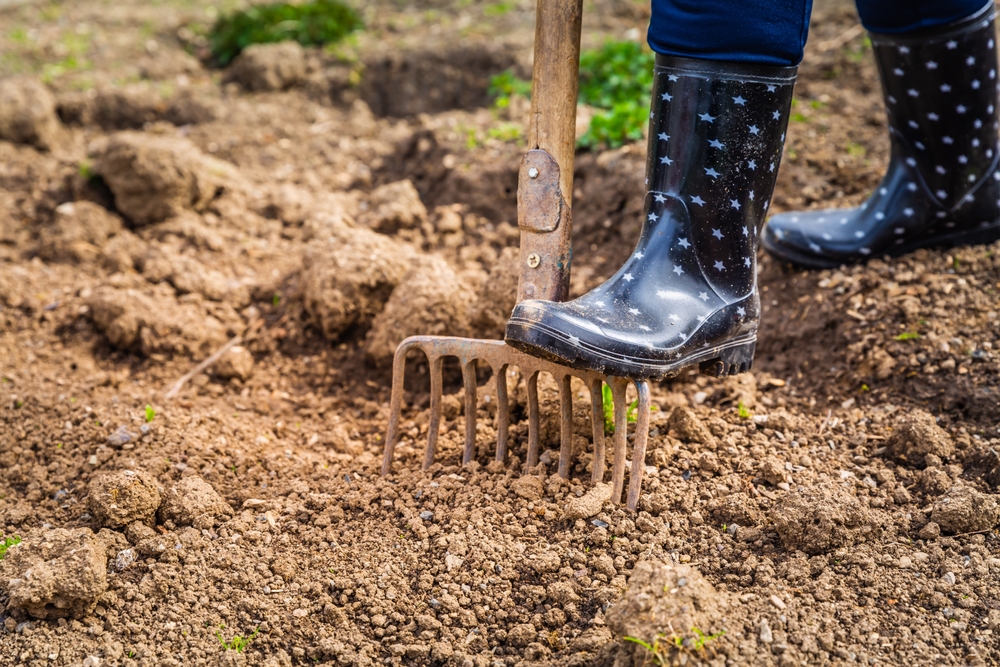
A garden fork is excellent for preparing beds before planting. Its sturdy tines dig deeply into the soil, helping you loosen hard-packed earth or mix in compost to improve drainage. This is especially helpful when working in clay-heavy soil, where a shovel may struggle to penetrate without causing strain or damaging the soil’s structure.
This tool is also useful for lifting root vegetables like potatoes, carrots, and garlic during harvest. Instead of pulling by hand and risking breakage, you can insert the fork gently under the crop and lift with less resistance. For compost piles, the garden fork is helpful when turning materials to speed up decomposition, making it a tool that serves many roles throughout the growing season.
Pruning Shears
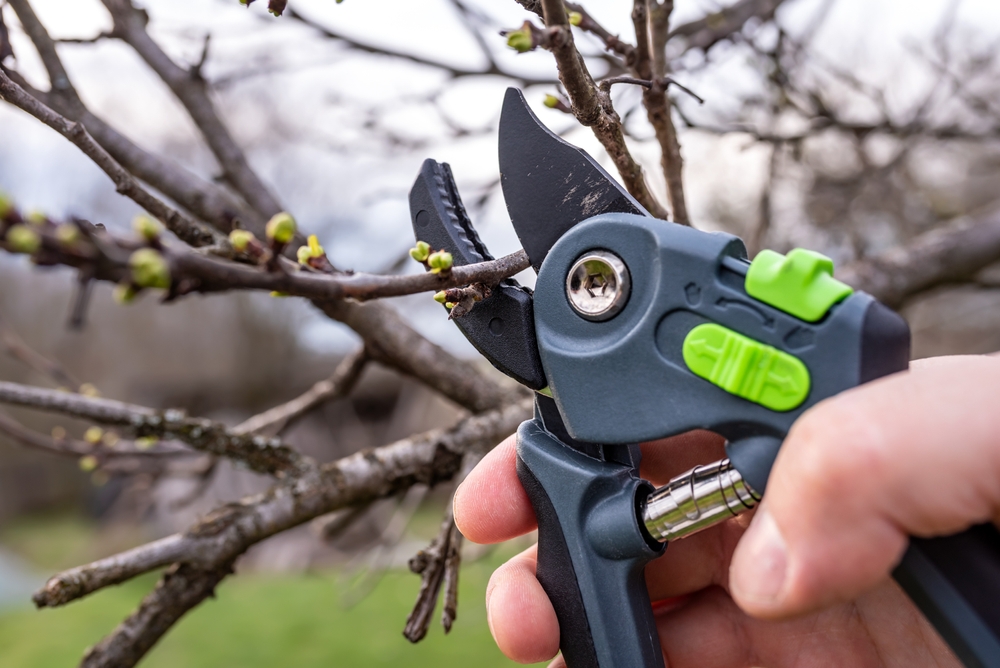
Pruning shears play an important role in keeping plants healthy and productive. When growing tomatoes, peppers, or berry bushes, you often need to snip off dead stems or unwanted shoots to help airflow and light reach the fruit. Sharp shears make clean cuts that heal faster, reducing the risk of disease or pest problems.
They are also helpful when harvesting herbs or fruits without damaging the plant. Whether you are clipping basil, thinning grapevines, or removing spent flowers to encourage more blooms, pruning shears helps maintain order in the garden. Look for a pair that feels good in your hand and has a locking mechanism for safety when not in use.
Watering Can
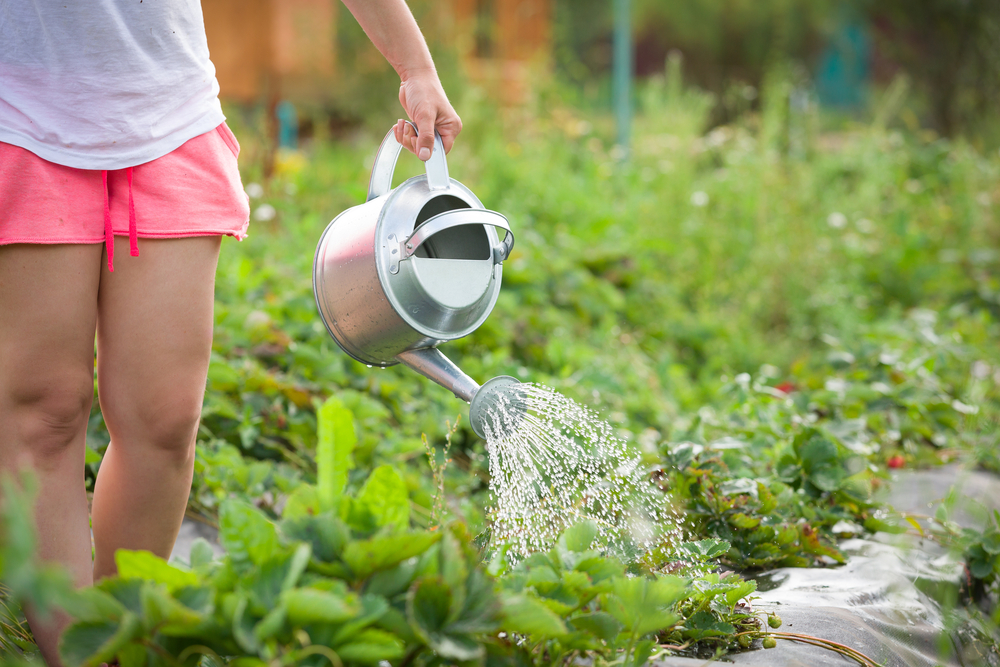
A watering can gives you better control over how much water you apply and where you apply it. This is important for seedlings and delicate leaves, which may be damaged by a strong hose stream. With a narrow spout or detachable rose, you can direct the flow right to the soil near the roots, helping plants absorb water more effectively.
During dry spells or when watering indoor seedlings, a watering can is more convenient than dragging out a hose. It also encourages you to spend time observing your plants closely, which helps you notice problems early. A can with a good balance and easy-pour design will make daily watering feel less like a chore.
Garden Hoe
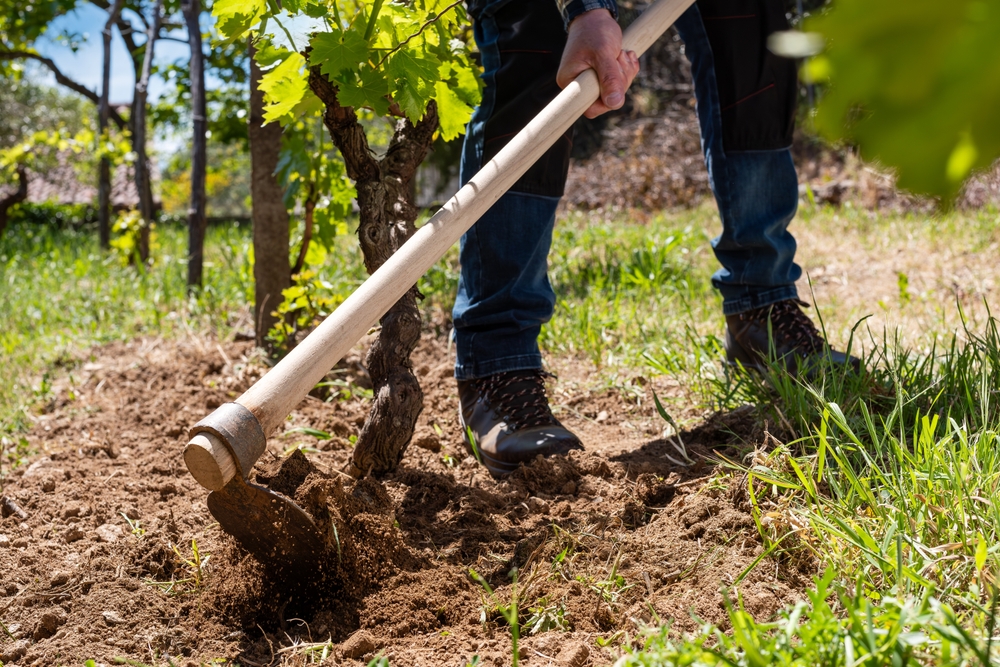
A garden hoe helps with two important tasks: clearing weeds and shaping the soil. The flat blade allows you to scrape just below the surface, cutting weed roots without disturbing your vegetable crops. For crops like corn, beans, and squash, regular hoeing keeps the beds weed-free and saves you hours of hand-pulling later.
In addition to weeding, a hoe can be used to create rows or furrows for planting seeds. By dragging the blade through the soil, you can quickly mark even rows for planting carrots or onions. Different types of hoes offer various benefits, so choose one that matches your soil type and the size of your garden.
Garden Gloves
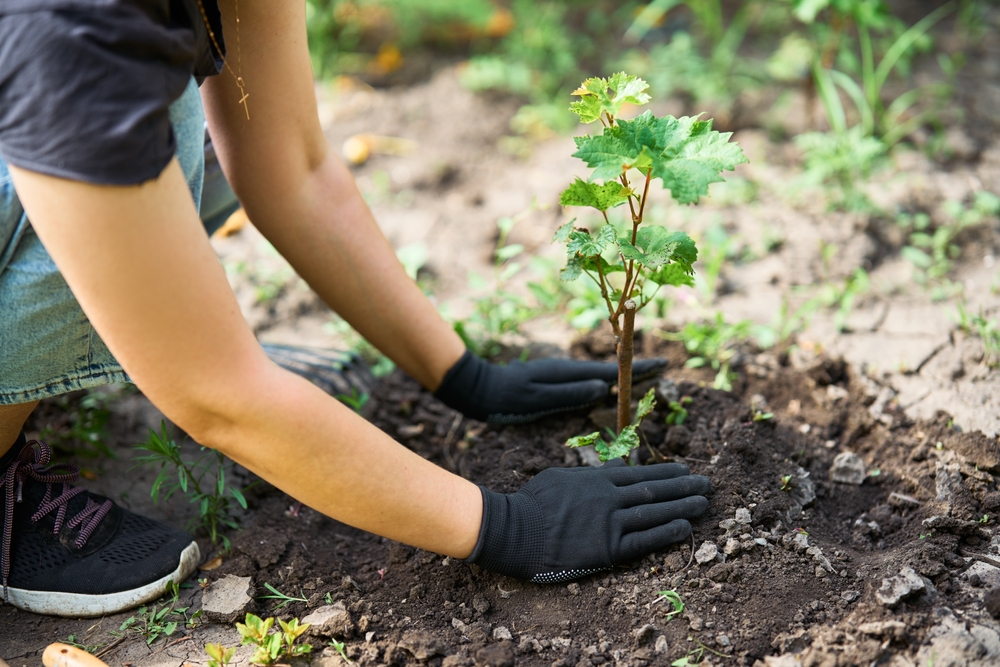
Garden gloves protect your hands from thorns, splinters, and soil-borne irritants. Whether you are pulling weeds, digging holes, or handling rough materials like mulch or compost, gloves reduce cuts, blisters, and the chance of coming into contact with insects or sharp debris. They also keep your hands clean, which makes cleanup much easier at the end of the day.
For vegetable and fruit gardening, gloves are handy when working with trellises, tying vines, or handling plants with prickly stems like cucumbers and raspberries. A well-fitting pair gives you enough dexterity to manage small tasks like pinching off dead leaves or sowing seeds. It is helpful to choose gloves that are breathable, washable, and tough enough to handle repeated use.
Garden Rake
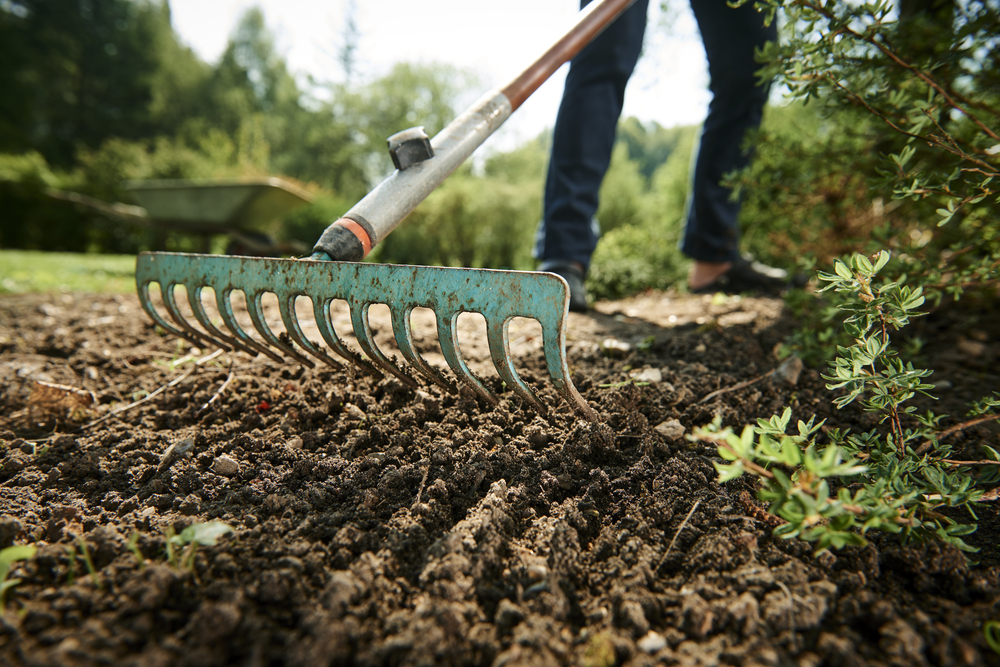
A garden rake helps you prepare soil by leveling the surface, breaking up clumps, and removing stones or debris. When starting a new bed for vegetables, using a rake ensures the soil is even and ready for planting. It can also help mix in compost or fertilizer evenly across the top layer of your garden beds.
After planting, a rake is handy for cleaning up leaves or spent plant material. During fall cleanup or after pruning fruit trees, it clears the area without disturbing the soil too much. A metal rake with sturdy tines works well for both heavy and light materials, making it useful throughout the year.
Wheelbarrow
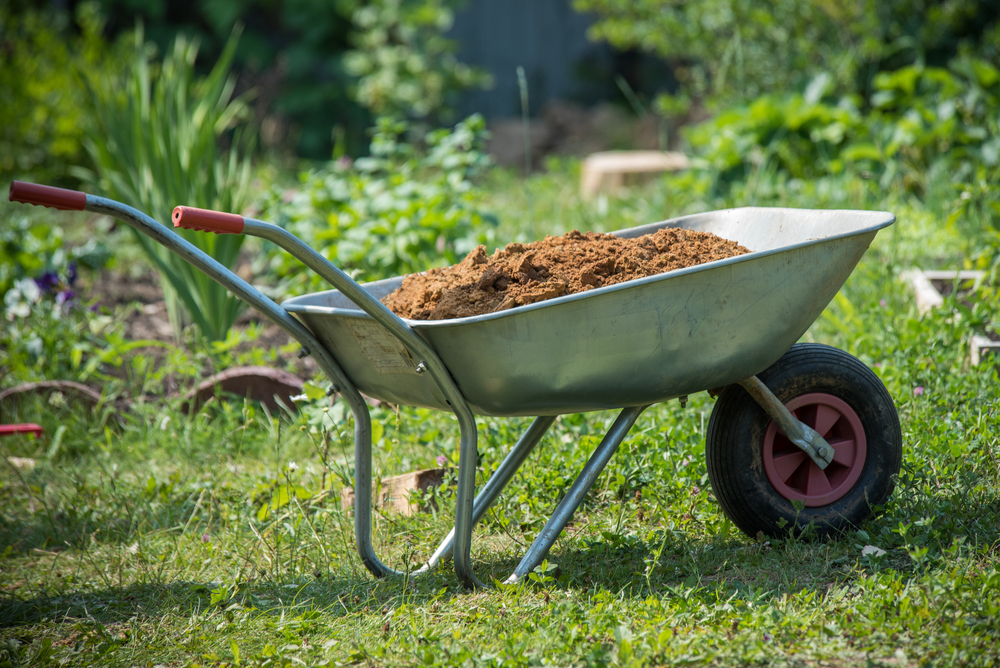
A wheelbarrow makes it easier to transport heavy or bulky materials like compost, soil, mulch, or harvested fruits and vegetables. It saves time and strain, especially when moving materials across a larger garden. Whether you are clearing garden waste or hauling in supplies, a sturdy wheelbarrow helps you do more with less effort.
During harvest season, it is useful for carrying large amounts of produce from the garden to your storage area. If you grow crops like pumpkins, melons, or squash, a wheelbarrow lets you move them safely without risking bruising. Look for a well-balanced model with a comfortable handle and durable wheel to keep it stable on uneven ground.
Soil Knife
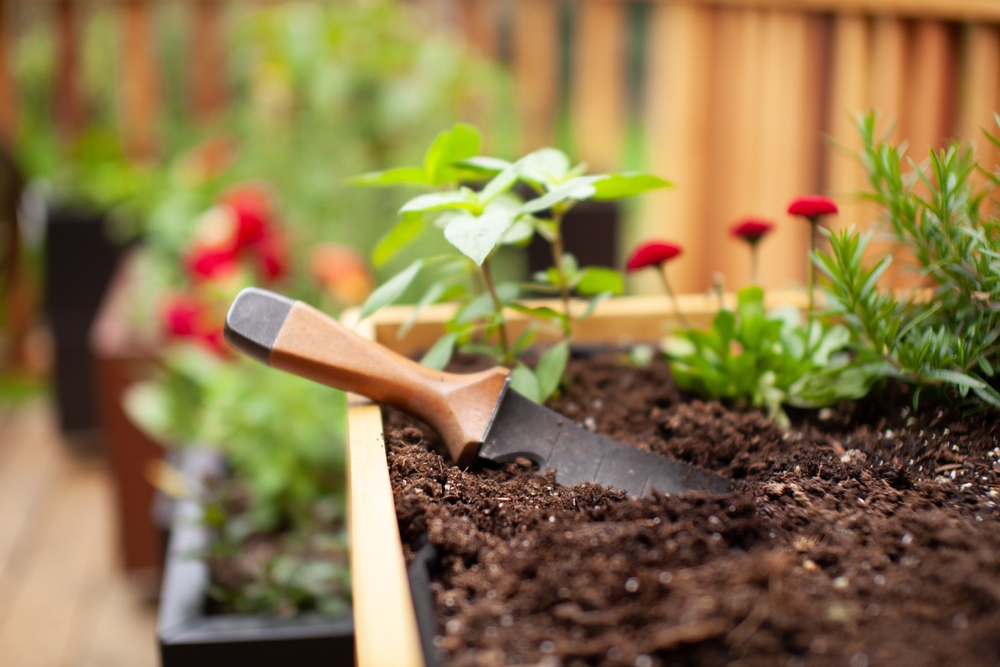
A soil knife, also known as a hori-hori, is a multi-use tool with a sharp edge on one side and a serrated edge on the other. It is perfect for cutting through roots, digging holes, dividing plants, or even harvesting. In vegetable gardens, it works well for tasks that need more force than a trowel can handle.
You can use it to measure planting depth thanks to the etched markings on the blade, which help when planting bulbs or spacing seeds. It also works well for slicing through thick weeds or opening bags of soil and fertilizer. With a comfortable grip and durable blade, the soil knife quickly becomes one of those tools you reach for often.
Garden Hose with Adjustable Nozzle
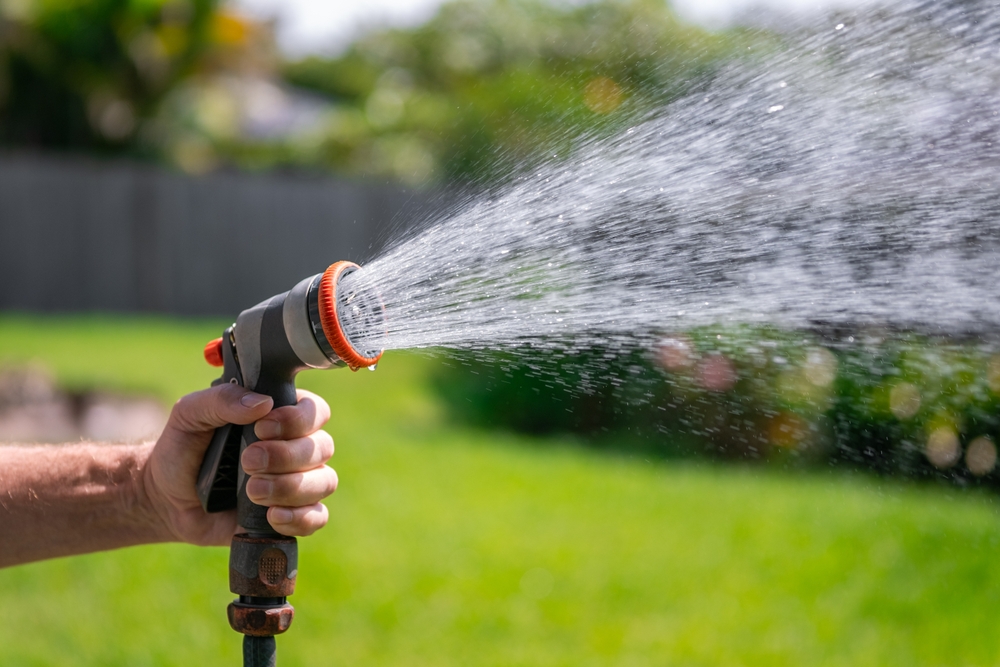
A good garden hose with an adjustable nozzle gives you flexibility in how you water your vegetables and fruits. The nozzle lets you change the water pressure, from a gentle mist for seedlings to a stronger stream for mature plants. This helps you water efficiently while reducing runoff or wasted water.
A hose with a long reach allows you to water garden beds, borders, and containers without dragging buckets. When paired with a spray head that has several settings, you can match the water flow to each plant’s needs. Choose a hose that resists kinks and has durable fittings so it lasts through multiple seasons.
Garden Dibber
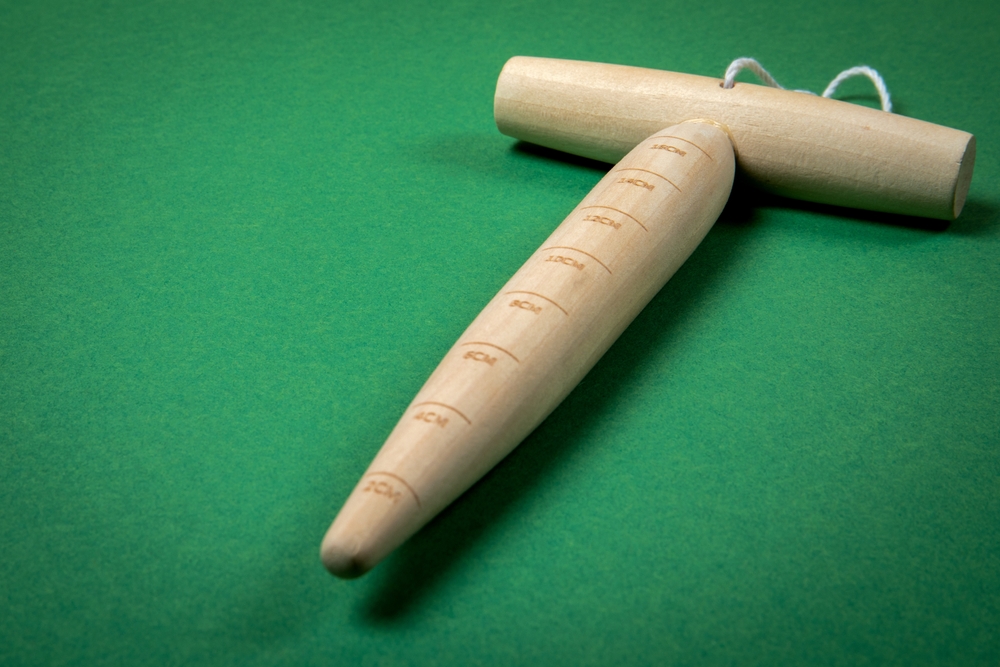
A garden dibber helps you make evenly spaced holes in the soil when planting seeds, bulbs, or small transplants. It saves time and effort compared to using your fingers or a stick, and it creates neat, uniform rows. This is helpful when growing vegetables like onions, beans, or lettuce that benefit from even spacing.
Some dibbers have depth markings to help you plant at the right depth, which improves germination and seedling strength. For gardeners who like precision, especially in raised beds or square-foot gardening, this tool helps keep everything tidy. It is small and easy to carry, yet it adds real value to planting routines.
Tomato Cage or Plant Support Stakes
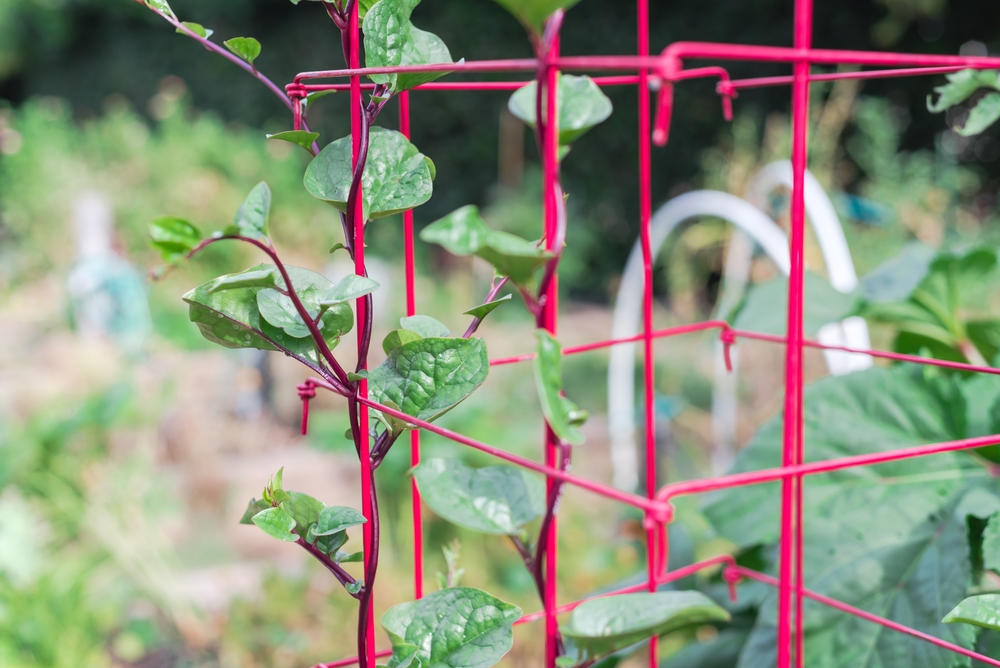
As vegetables like tomatoes, peas, and cucumbers grow taller, they need support to stay upright. Tomato cages or plant stakes prevent the plants from sprawling on the ground, where fruit is more likely to rot or get eaten by pests. These supports also allow better airflow and sunlight, which encourages stronger growth and healthier fruit.
Using plant ties or clips, you can secure stems gently to the cage or stake as the plant grows. This makes it easier to harvest fruits and keeps the garden looking tidy. Whether you use wooden stakes, metal cages, or trellises, having a support system in place makes a big difference in yield and plant health.
Harvesting Basket or Trug
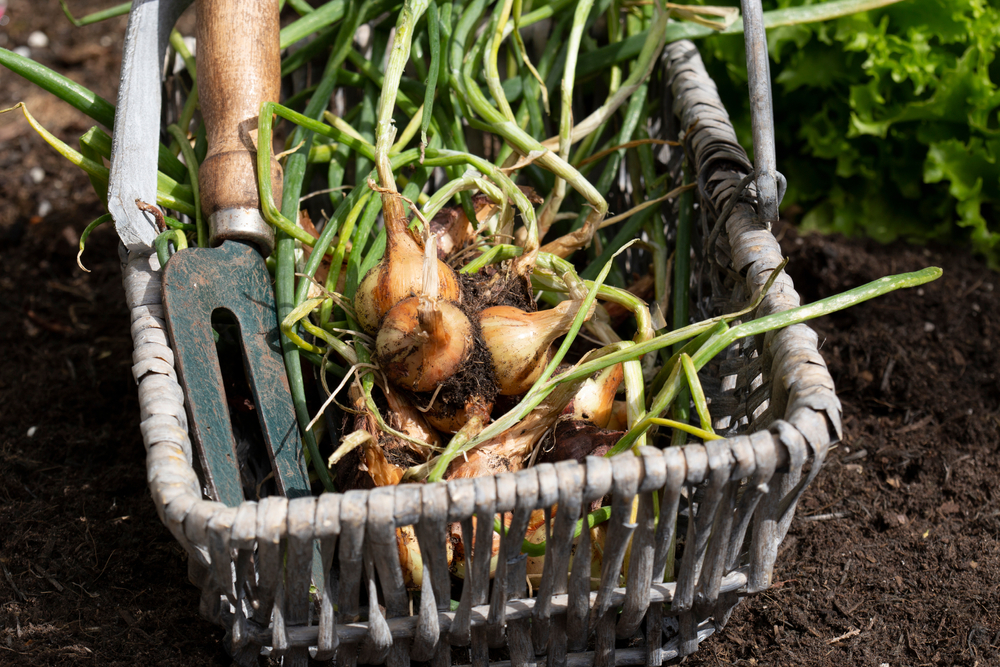
A harvesting basket helps you carry freshly picked vegetables and fruits without crushing or bruising them. Unlike plastic bags or buckets, a basket or trug provides structure and breathability, which helps keep your harvest fresh until you bring it indoors. It also makes it easier to rinse off produce right in the garden if needed.
These baskets are lightweight and designed to carry a mix of sizes, from leafy greens to heavier crops like squash or tomatoes. Some have handles or slats that allow dirt and small insects to fall through. A well-made harvesting basket saves you from making multiple trips and keeps your produce organized as you pick.
This article originally appeared on Avocadu.
